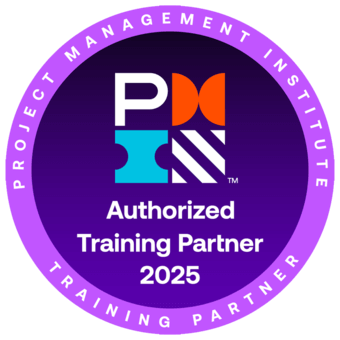Finance for Non-Financial Professionals
Finance for Non-Financial Professionals
Skills you’ll gain
Even if your role isn’t finance-specific, you’ll benefit from strengthening your grasp of financial principles with this course. Whether learning how to craft financial reports or developing a business case, you’ll better understand the numbers driving your company’s performance and dramatically improve your professional decision-making process.
This online course will help you understand how your decisions can improve efficiency, drive successful projects, and impact the financial performance of the business.
Highlights:
- 16 lessons
- Solidify your grasp of finance fundamentals: amount, timing, revenues & profits.
- Interpret data on financial reports and how these reports impact each other.
- Identify the different categories of cost accounts for budgeting and tracking spending.
- Formulate strong estimates, and determine when to capitalize and depreciate an asset.
- Utilize ratios and measures to gain insight into profitability and performance.
- Develop a business case to provide rationale for why a project should be undertaken.
- Understand cost behavior and cost variance reporting.
- Earn 8 contact hours or PDUs toward your project management education for certification with PMI.
Once enrolled, our friendly support team and tutors are here to help with any course related inquiries.
Syllabus
Download syllabus-
1
Earnings Statement Part 1 The Earnings Statement is a financial report that shows business profitability over some time period. 4m
-
2
Balance Sheet Part 1 The Balance Sheet is the financial report that shows what the business is worth at some instant in time. 6m
-
3
Cash Flow Statement Part 1 The Cash Flow Statement is a financial report that shows how well the company was able to convert business activity into cash over some time period. 5m
-
4
Relationships Between Financial Statements Each of the financial statements provides insight on an aspect of the business financial status and structure. These accounts across the statements are related, and changes to values will likely impact multiple statements. 4m
-
1
Profit Measures When calculating profitability, the different profit measures provide insight into the most significant factors that are creating corporate profit or loss. 4m
-
2
Return on … Ratios Return ratios are normally used for comparing companies or comparing the past performance of a company with its present performance. 4m
-
1
Cost Account Characteristics It is important to know what category of account you are working with when budgeting and tracking spending. The different categories of accounts behave differently so knowing which category you are working with will provide insight into the budgeting and tracking process. 5m
-
2
Estimating Estimating is used when planning and budgeting business costs or revenues. The estimate needs to include both the amount and the timing of the transaction. 5m
-
3
Capitalization and Amortization Whenever a company purchases an asset with long term value, it must be capitalized. Every asset that is capitalized is then depreciated, which is special form of amortization. 4m
-
4
Depreciation If you capitalize a fixed asset, you are required to depreciate it on the business financial books. 5m
-
5
Budget Baseline Budget baselines should be used if costs must be controlled within a department or on a project. 4m
-
1
Developing a Business Case The business case provides the business rationale, normally in financial terms, of why a project should be done. 5m
-
1
Cost Behavior The business financial system records costs based upon the cost account type. The costs are often accrued near the end of fiscal quarter or year. 5m
-
2
Cost Variance Reporting Cost variance reporting is the calculation and reporting of costs that are different than what was expected by the budget or standard. 5m
Certificate
Certificate of Completion
Awarded upon successful completion of the course.

Instructor
Ray Sheen
Ray is a certified Project Management Professional (PMP) with the Project Management Institute, a certified Scrum Master with Scrum Alliance, and certified Lean Six Sigma Black Belt with IASSC. He is a member of the Project Management Institute and the Product Development Management Association.
He is president and founder of Product & Process Innovation, Inc. and is a veteran business leader with over 25 years of executive, project management, and engineering management experience. Ray has worked in several industries including aerospace, electrical distribution and utilities, biotechnology, appliances, electronics, machining, medical devices, pharmaceutical, automotive, and financial services. He has held executive management positions in a Fortune 500 company and has been involved in entrepreneurial startup organizations.

Ray Sheen
Project Management Instructor & Author
Accreditations
Link to awards The PMI ATP seal, PMI, PMP, CAPM and PMBOK are registered marks of the Project Management Institute, Inc.How GoSkills helped Chris
I got the promotion largely because of the skills I could develop, thanks to the GoSkills courses I took. I set aside at least 30 minutes daily to invest in myself and my professional growth. Seeing how much this has helped me become a more efficient employee is a big motivation.



